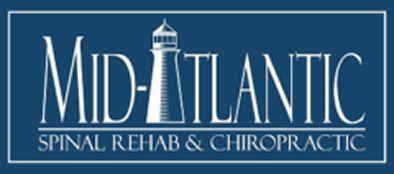More on Spondylolisthesis in Baltimore, MD
In my last blog post I discussed a lower back condition called spondylolytic spondylolisthesis. If you recall, it was a condition that resulted from an bilateral acute bony fracture and a resultant slippage of one vertebral body on another.
As a Chiropractor that uses X-rays to help me determine the structure of a patient’s lower back prior to spinal manipulation I see these pretty regularly. One of the questions that I get a lot is how I know whether to have a patient see an orthopedist/consider bracing or to undergo spinal manipulative therapy in my office and return to activities.
The first thing I consider is the mechanism of injury. If a patient comes in with an acute injury (they were weightlifting, playing sports, etc) I am more inclined to consider the injury (if present on standard x-ray) to be acute, or “hot.” In cases like these I tend to air on the cautious side and refer patients out for STIR MRIs to look for acute spondylolytic spondylolisthesis. If positive, these patients are referred for orthopedic evaluation and bracing. Bracing typically includes the fitting of a boston brace which allows for patients to spend over 23 hours a day not loading the posterior elements of the spine, and giving their bones time to heal. Research has shown that appropriately used bracing in these instances can “cure” the spondylolisthesis.
If, on the other hand, a patient presents with a spondylolisthesis and their physical examination does not seem to indicate that it is the cause of their pain I will begin treatment to include spinal manipulation of the joints above and below the effected segment. Much of the time spondylolistheses are “red herring” diagnoses- in that they are present but are not the cause of a patient’s lower back pain.
As a provider I have two concerns with these patients. The first is the pain that they are experiencing. As mentioned, most people present due to pain and want to be out of pain as quickly as possible. I will generally perform lesser invasive techniques and then progress to more aggressive techniques as tolerated. The second concern I have is the stability of the segment. If the patient has had a STIR MRI and there is evidence of an acute spondylolisthesis, I will refer the patient for orthopedic evaluation and have them discontinue provocative activity. Generally speaking, non-acute spondylolistheses are stable structures and will not continue to slip, whereas acute spondylolistheses that are active on STIR imaging are considered unstable and should be referred out to orthopedists and braced.
In summary, spondylolisthesis are one cause of lower back pain seen in my chiropractic office. X-rays are a good starting point to determine what MAY be the cause of lower back pain. In some cases it is safe to proceed with spinal manipulation of the lower back and in some cases it is not. I am trained to know when it can be handled in my office and when I should refer it out and I work with several orthopedists who are equipped to handle these conditions if they are outside of the scope of my practice.
If you, or someone you know, thinks they may have a spondylolisthesis please contact Mid-Atlantic Spinal Rehab & Chiropractic at (443) 842-5500. We would be happy to help!
Dr. Gulitz
